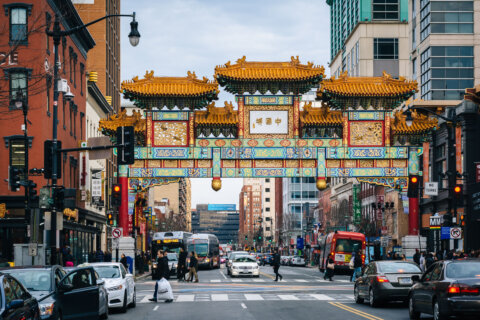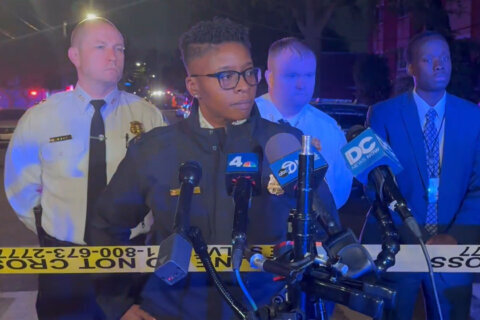Women may have won the vote in 1920, but one Howard University associate professor explained that for Black women, the fight to get their votes counted went on far longer.
The 19th Amendment that gave women the right to vote was ratified in 1920, but Valethia Watkins, associate professor in the department of Afro American studies at Howard University, said, “Black women still faced an array of legal devices” created to keep them away from the polls.
Those barriers showed up in the form of poll taxes, literacy tests and even violence all designed to suppress the Black vote.
“So we mark our legally protected right to vote with the Voting Rights Act of 1965,” said Watkins. “We had to take a different path to the ballot box.”
Many of the women who were instrumental in getting the 19th Amendment passed were Black, but even within a movement that believed women should have the power to vote, they faced discrimination and segregation, Watkins said.
One of the most famous examples of discrimination within the movement was the 1913 march on Washington, during which suffragists paraded in D.C.
Among the attendees was anti-lynching crusader, journalist and suffragist Ida B. Wells-Barnett. Black suffragists were told that they would have to march at the back of the parade. It was, according to historians, in deference to the segregationist factions within the suffragist movement.
“She’s informed that she would have to go to the back of the parade, and she’s told that she has to do this in order to participate” Watkins said.
Wells-Barnett was having none of it. At first, said Watkins, she argued against the condition laid down by organizers, but Watkins said Wells-Barnett’s arguments failed to persuade them.
Watkins said that Wells-Barnett simply waited until the parade was underway and then took her place in the march within the all-white Illinois delegation, “and no one dared stop her, Watkins said.
That sent a powerful message that resonates with Black women today — “that even when they encounter obstacles or racial discrimination, they do not allow it to define the issue for them, and they act in spite of racial discrimination,” Watkins said.
Women from D.C. played pivotal roles within the movement to secure their rights to vote. Mary Church Terrell, Angelina Weld Grimke and Nannie Helen Burroughs worked in a number of organizations to promote the cause.
And young women from Howard University attended that 1913 march as well, Watkins said. The Delta Sigma Theta sorority “was the only Black women’s organization represented in that parade.”
The push for suffrage wasn’t just a 20th century development. In 1896, Harriet Tubman, widely known for leading slaves to freedom along the Underground Railroad, worked alongside Wells-Barnett, Terrell and others to form the National Association of Colored Women to fight for the right to vote.
Watkins also said that not all suffragists were women: abolitionist and author Frederick Douglass and sociologist and activist W.E.B. DuBois also promoted the right to vote for women.
The struggle for the right to vote isn’t over, said Watkins, who argued that the 2013 Supreme Court decision Shelby v. Holder effectively gutted the Voting Rights Act.
Watkins said the history of the fight for voting rights isn’t lost on today’s students, who see a continuing thread in today’s debates over voter access, including the role of absentee ballots and voting by mail.
“I am inspired by young people. There’s definitely a new consciousness among young people about the importance of being involved politically,” she said.
Watkins said students understand that “they did not get the rights and the opportunities that they have without challenging the system to be more fair, to be more just.”
She said of today’s Howard students, “They are definitely excited about using their voice — like their foremothers.”








